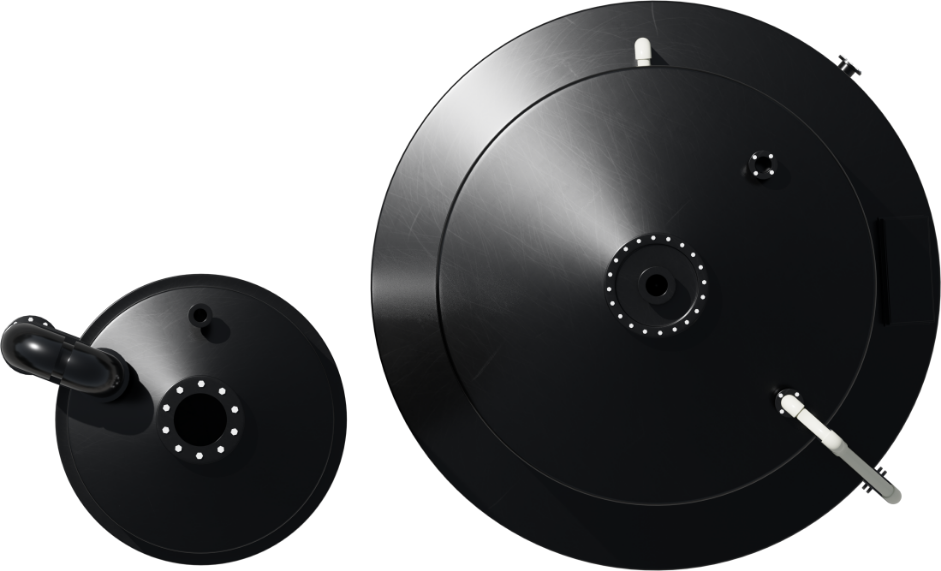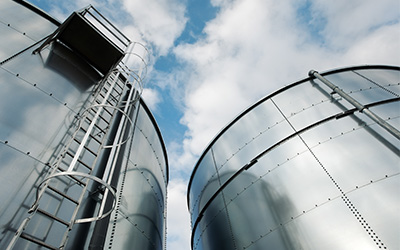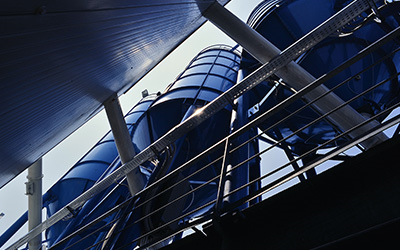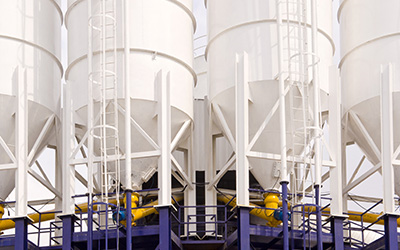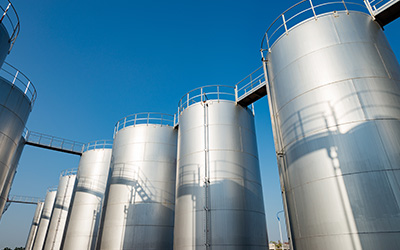GOING BEYOND THE STANDARD
Today, with over 40 years of brand heritage, Niplast is an expert in manufacturing plastic bulk storage tanks or industrial tanks to strict CEN standard BS EN 12573 and its forerunner DVS 2205.
Our long history of innovatively applying these standards to solve chemical storage problems sets us apart from other brands of underground water tanks and chemical storage solutions. Sometimes, you need to think outside of the tank!
Contact Us